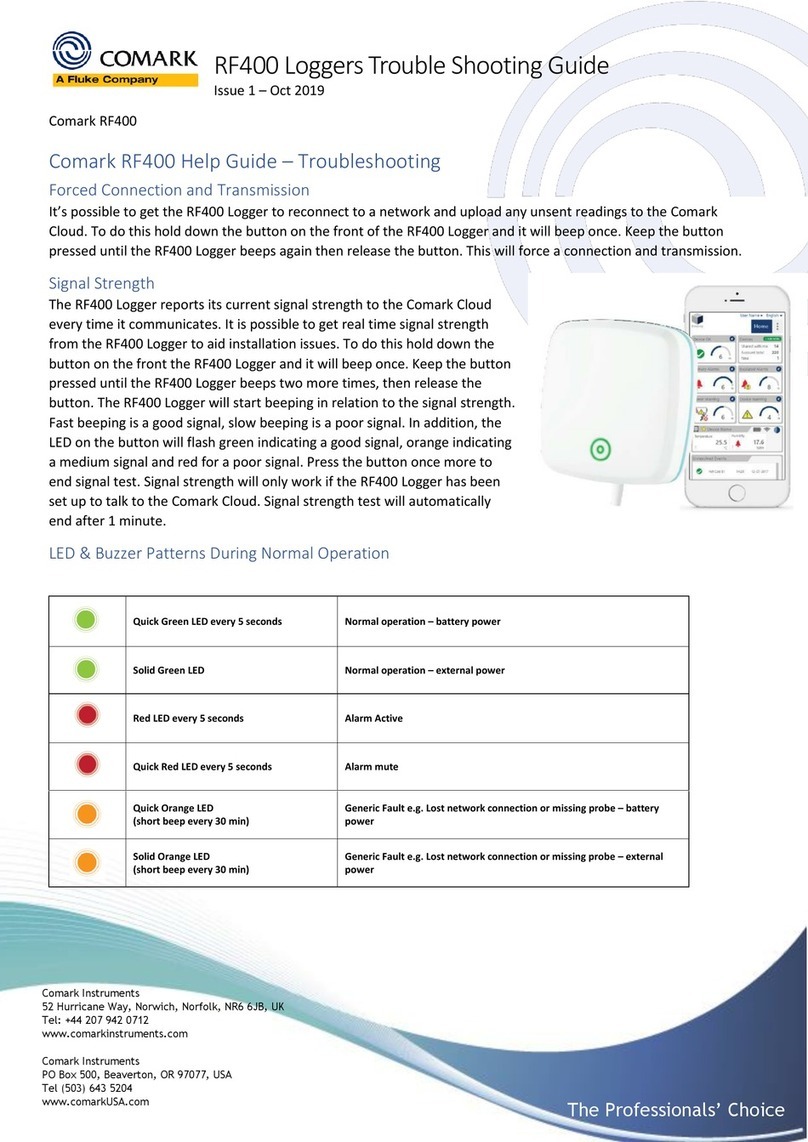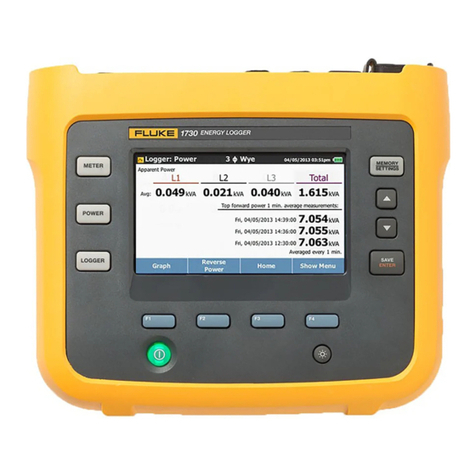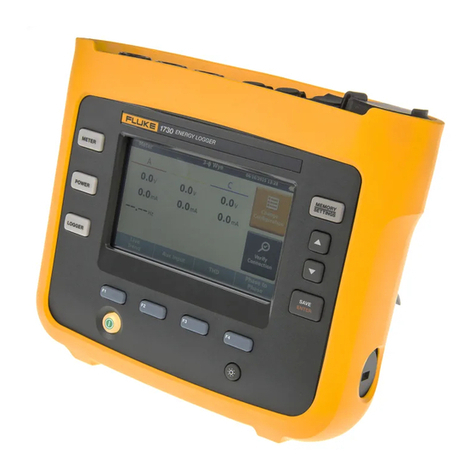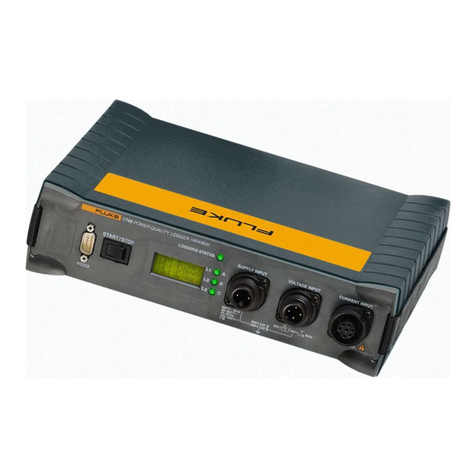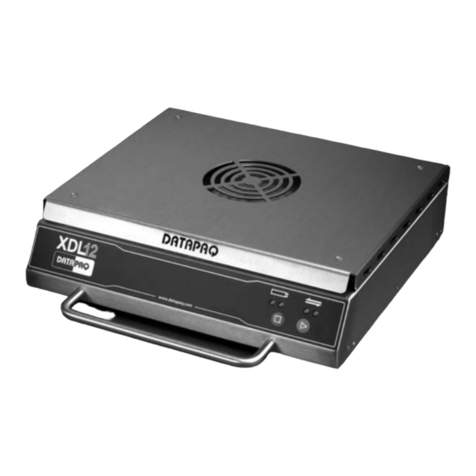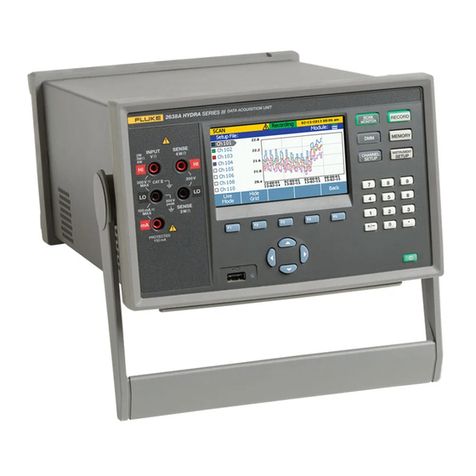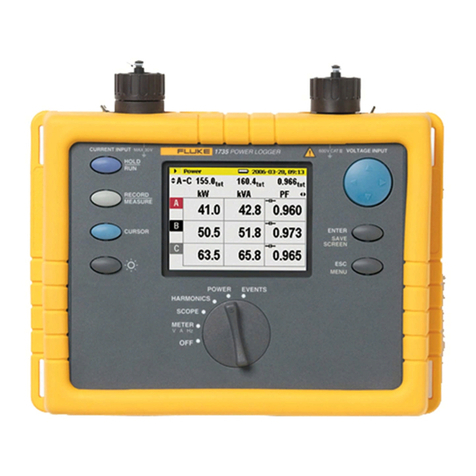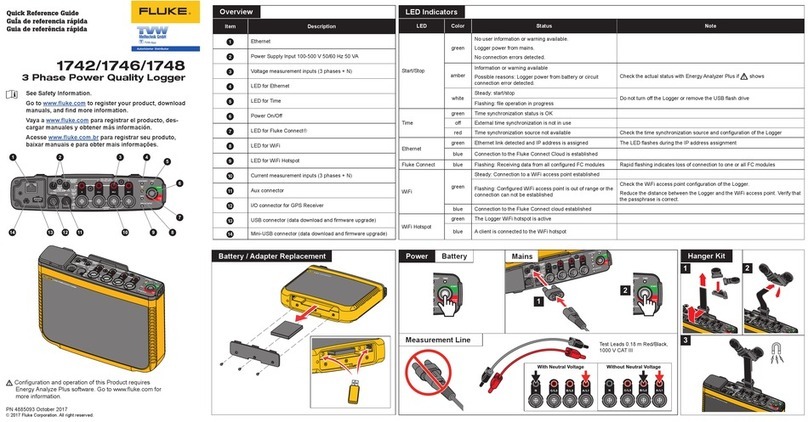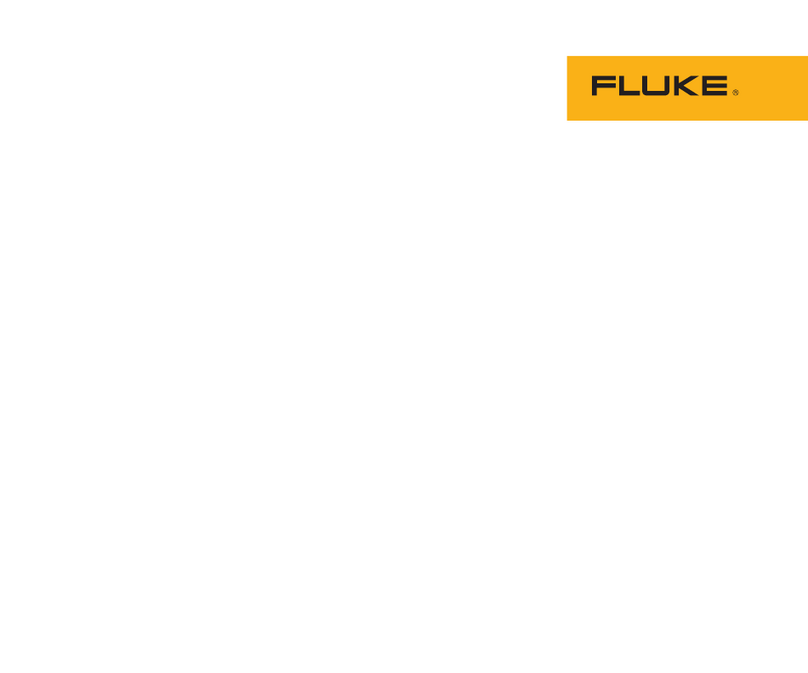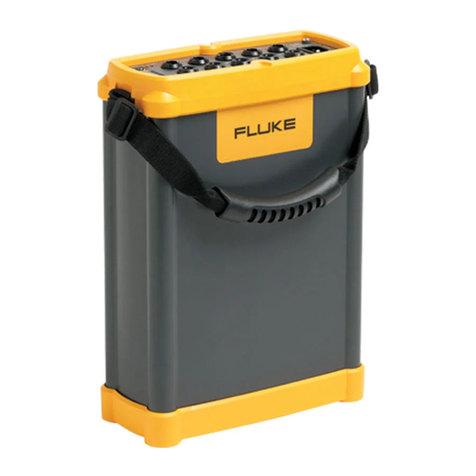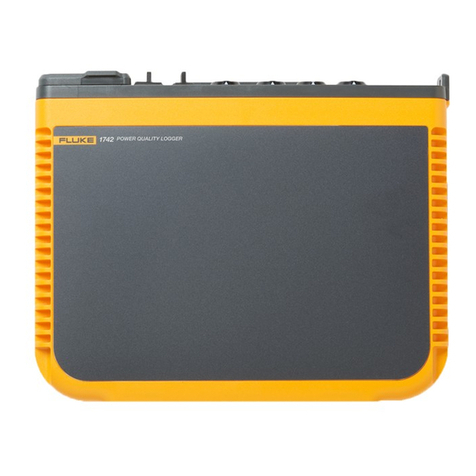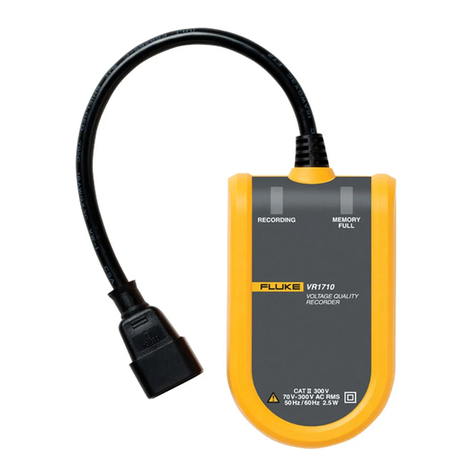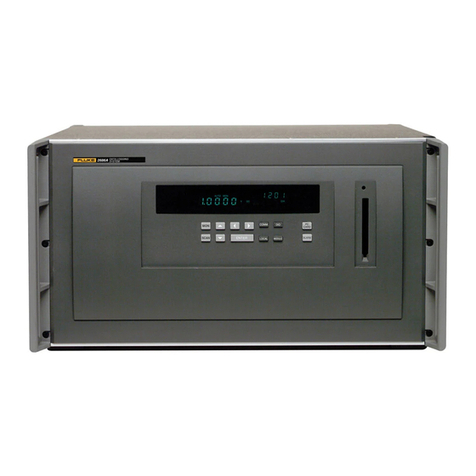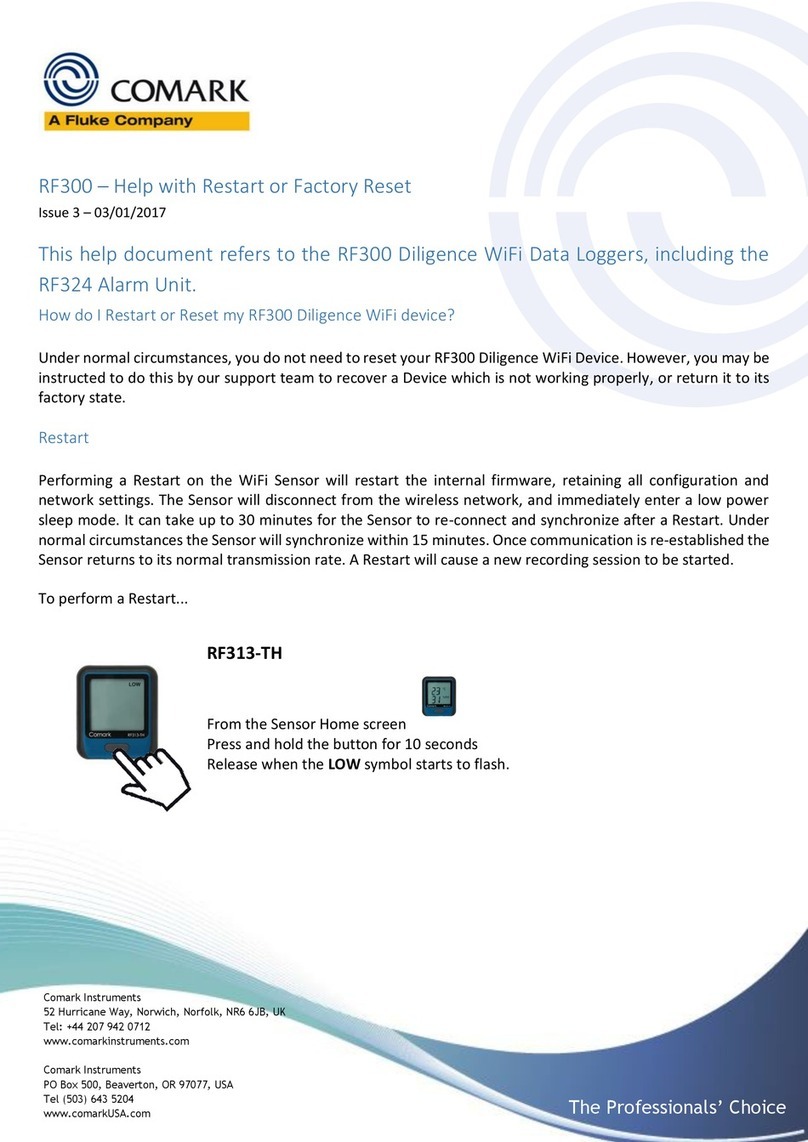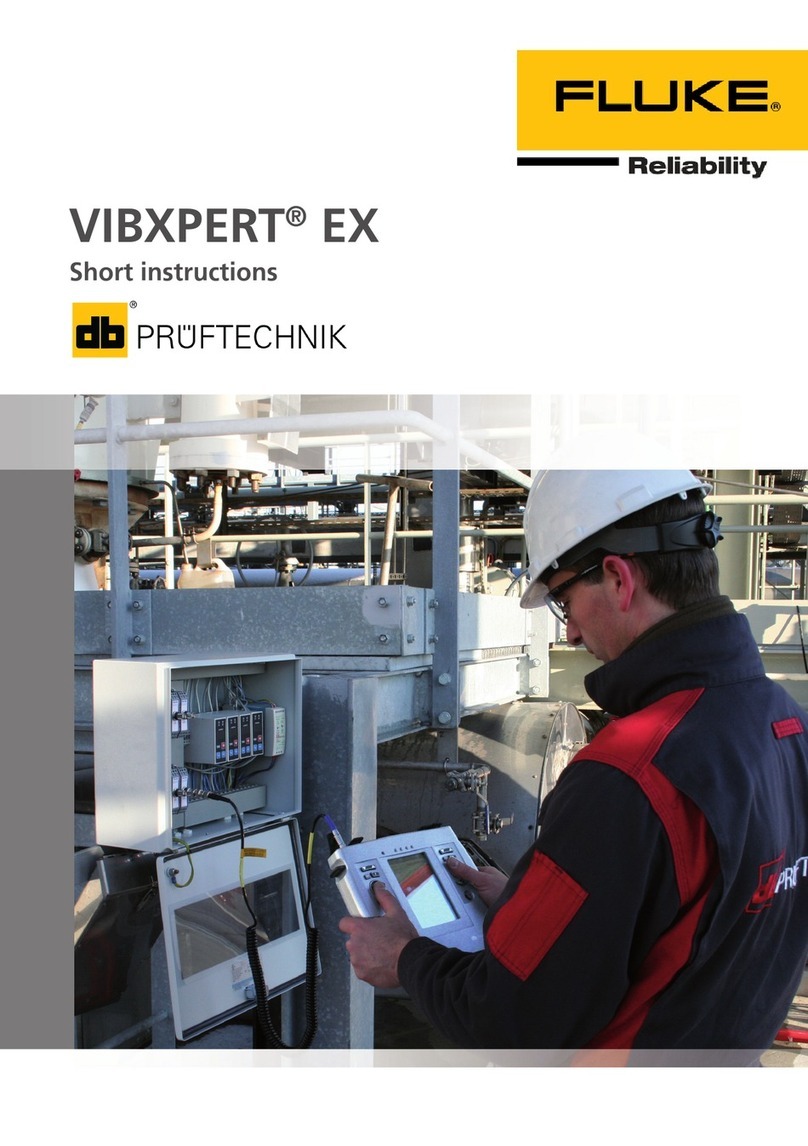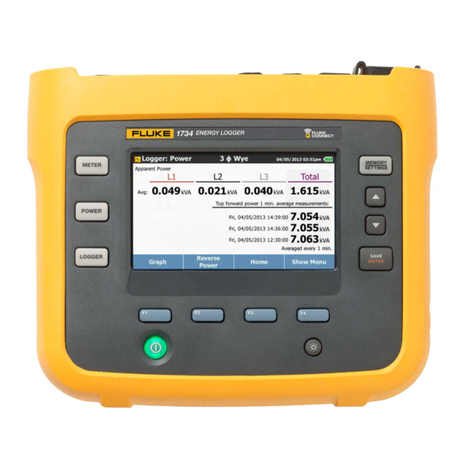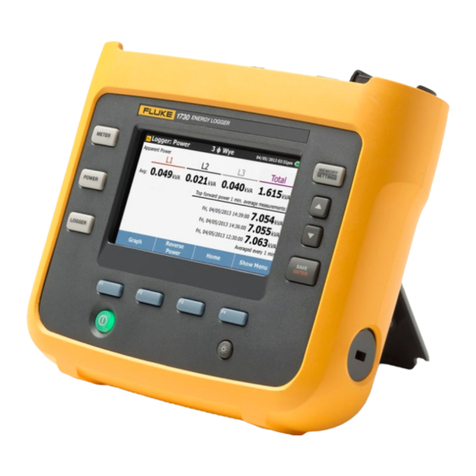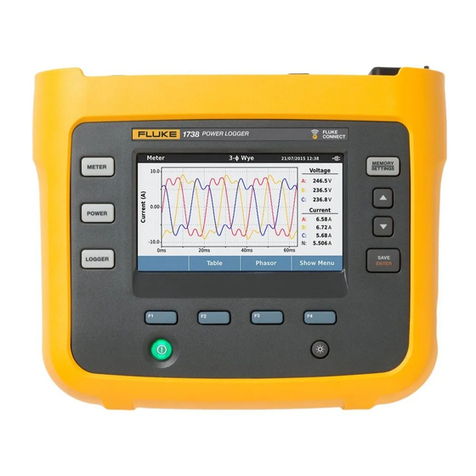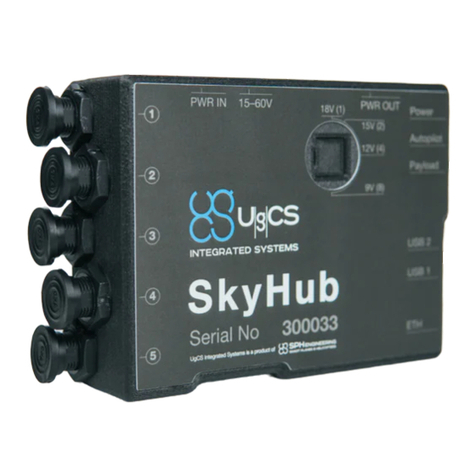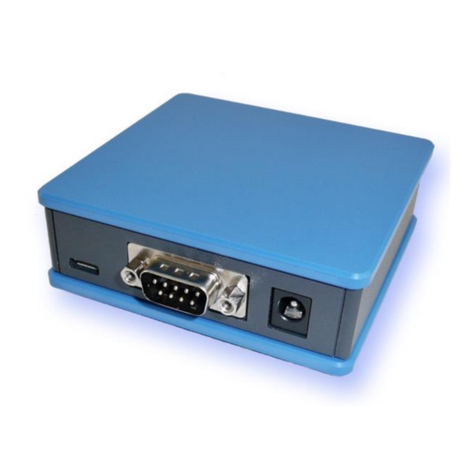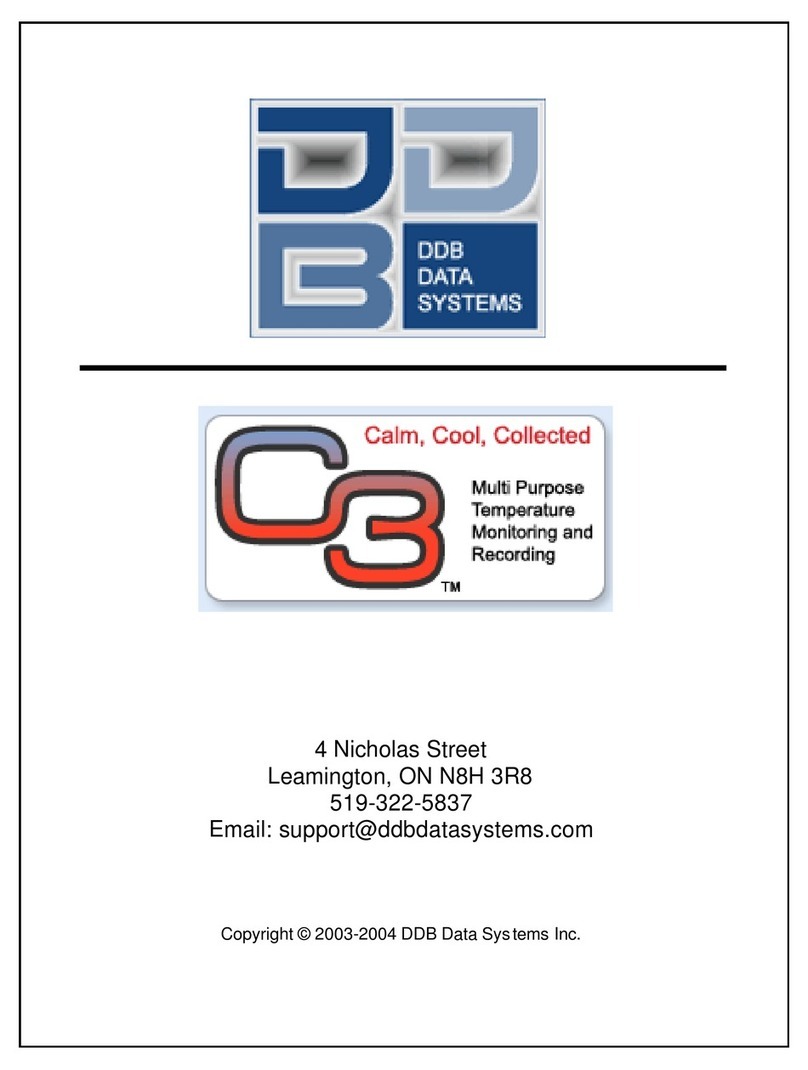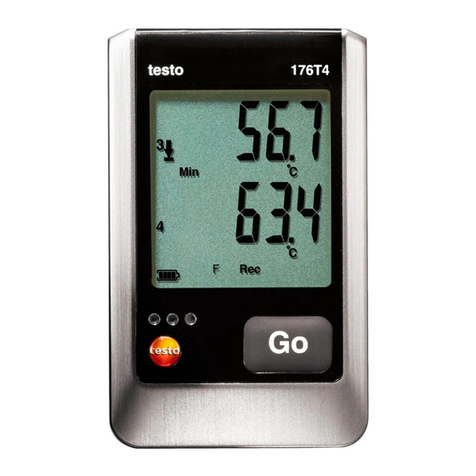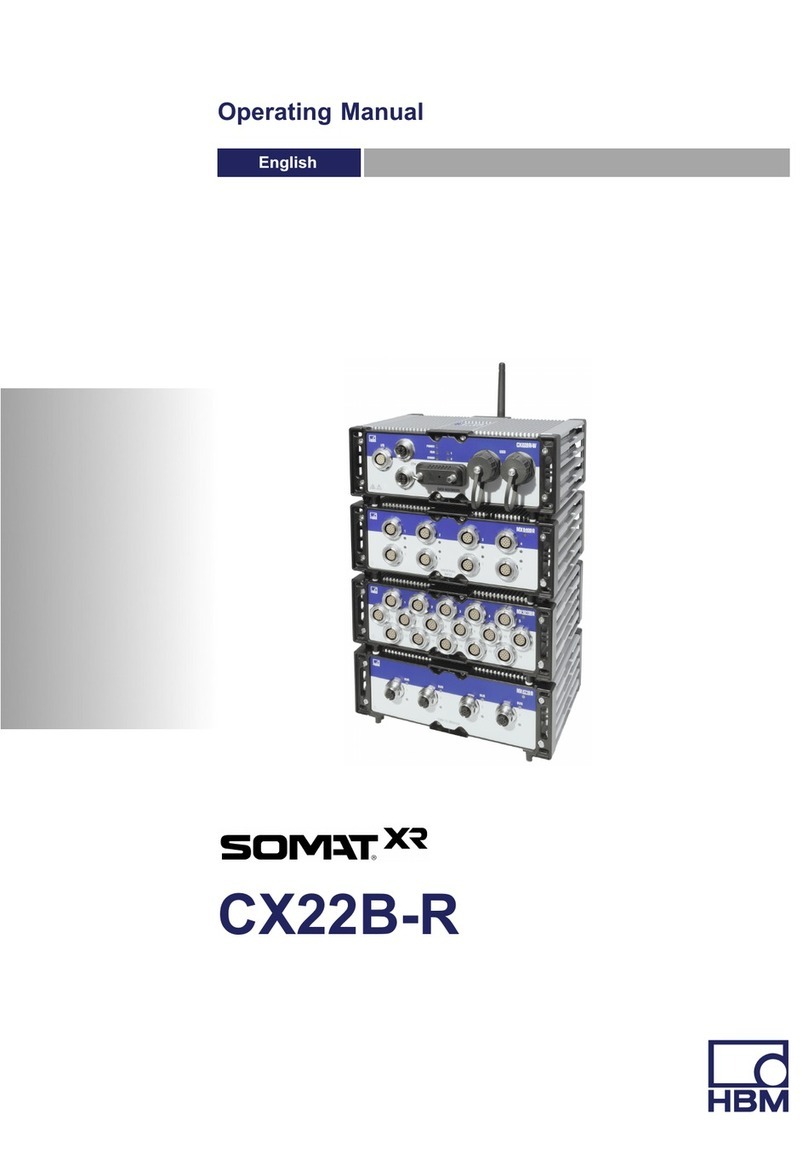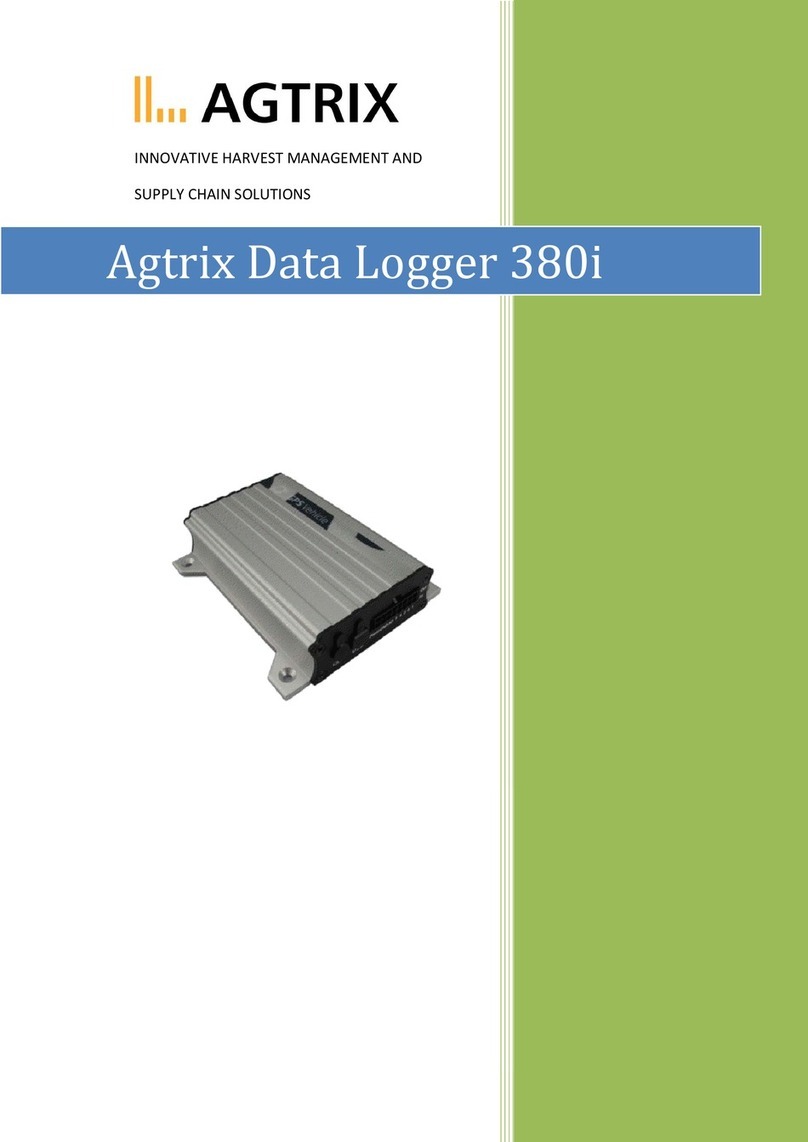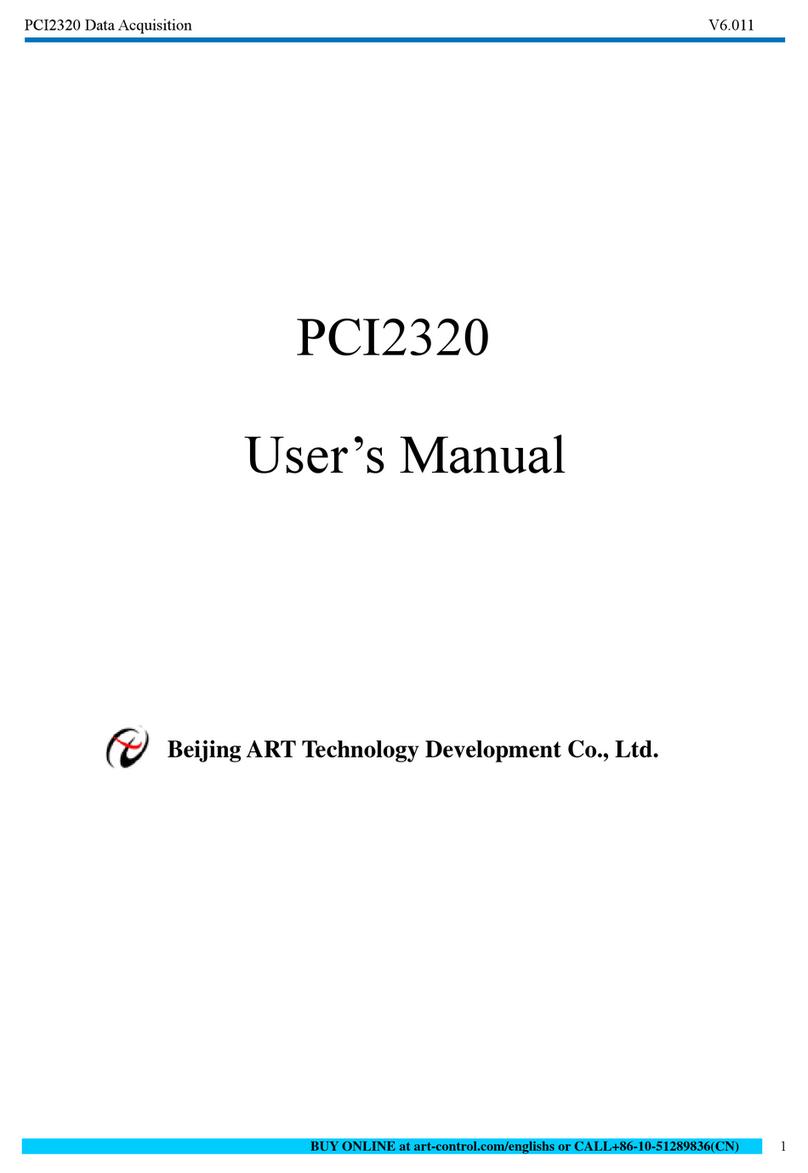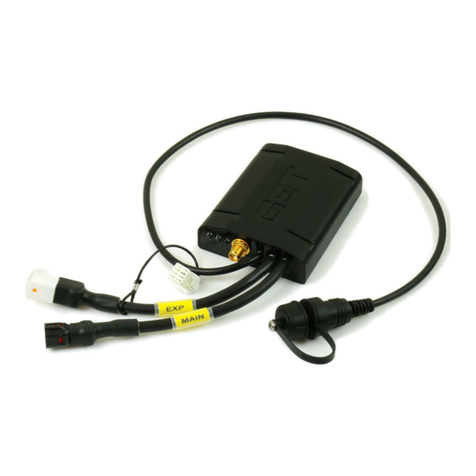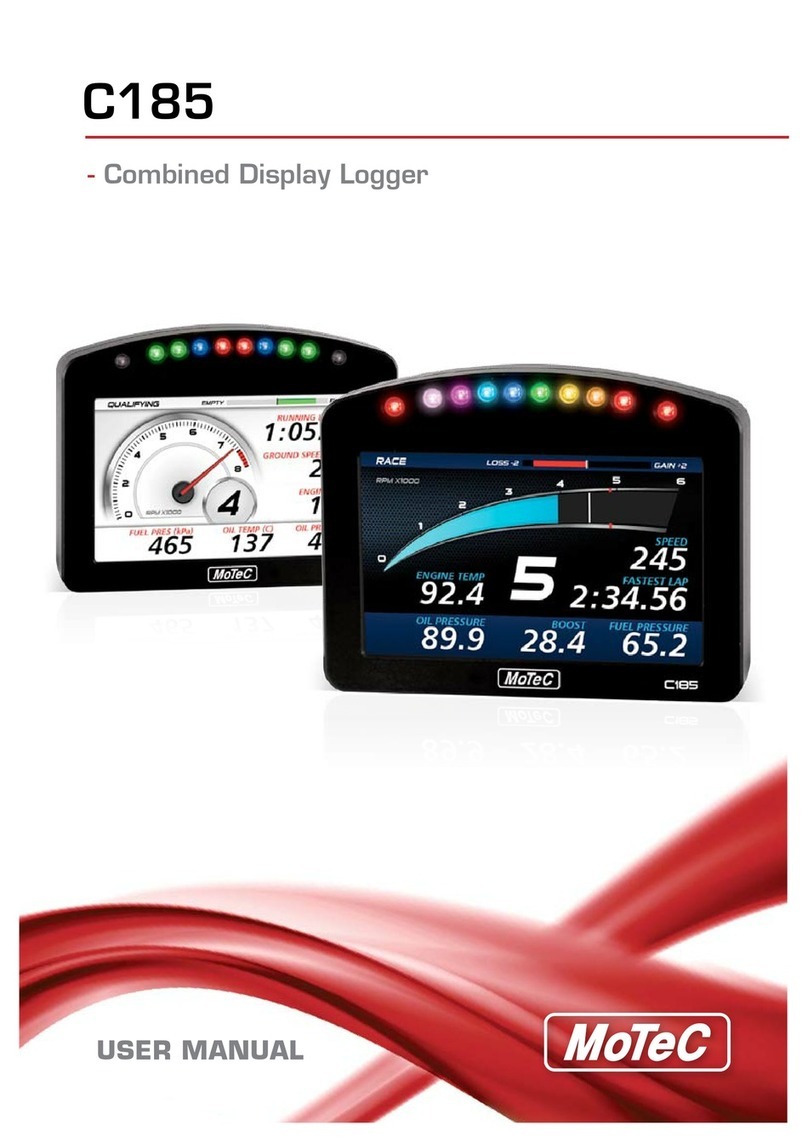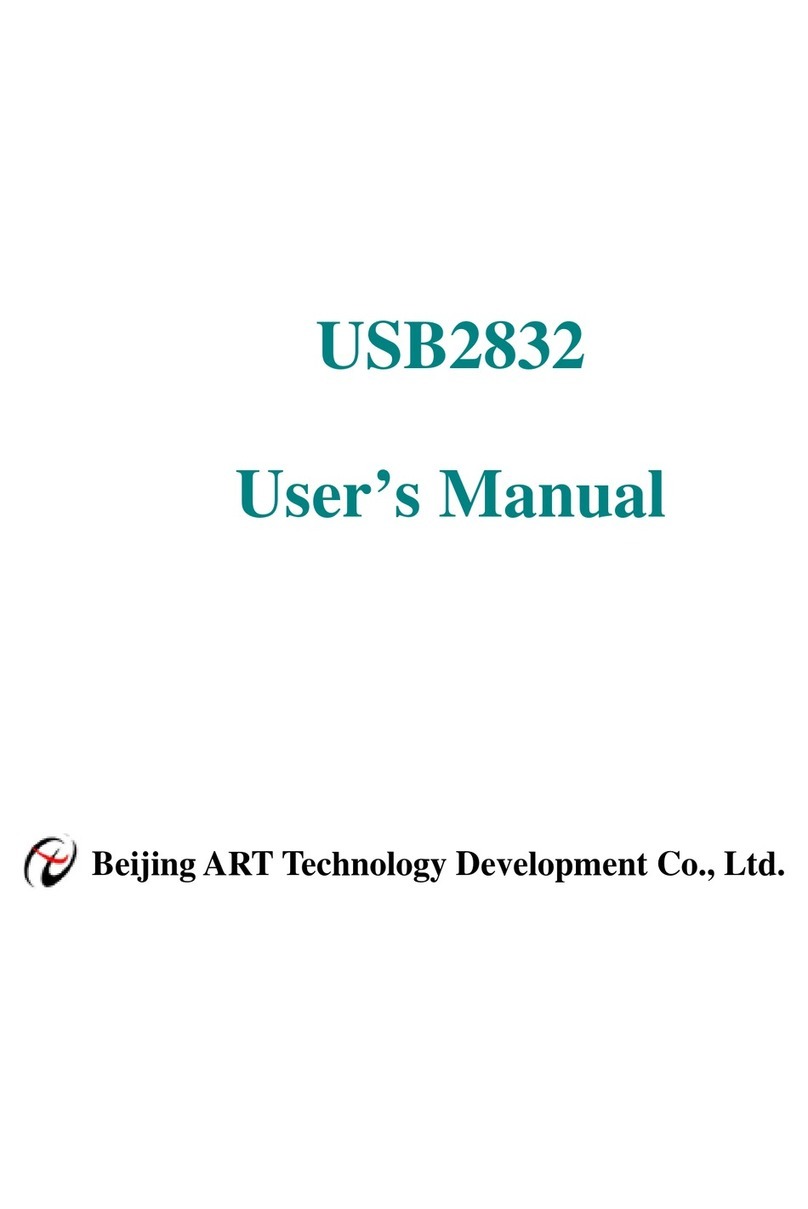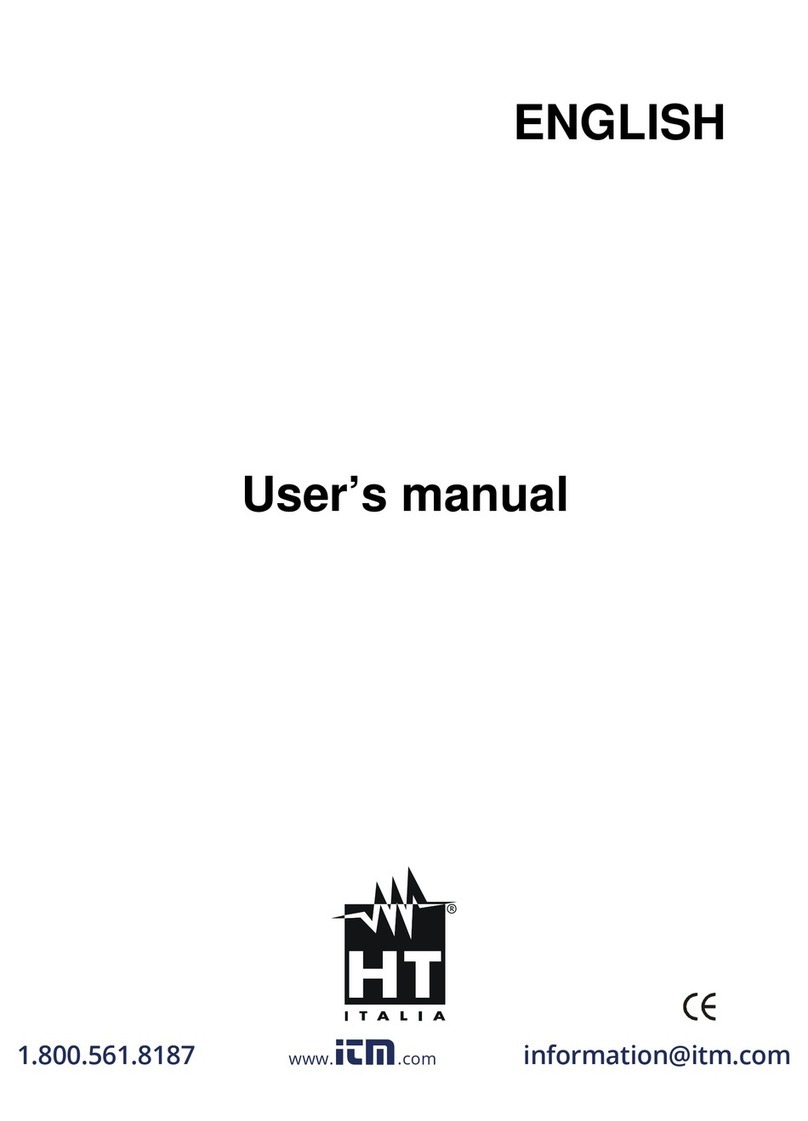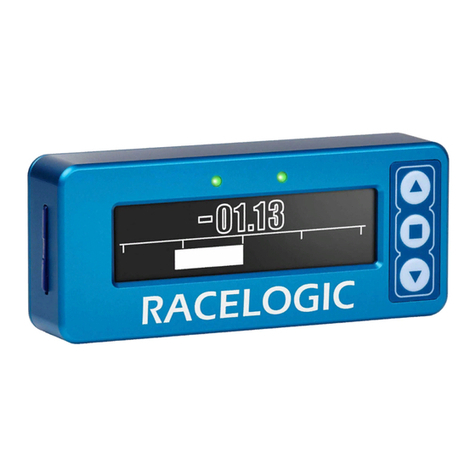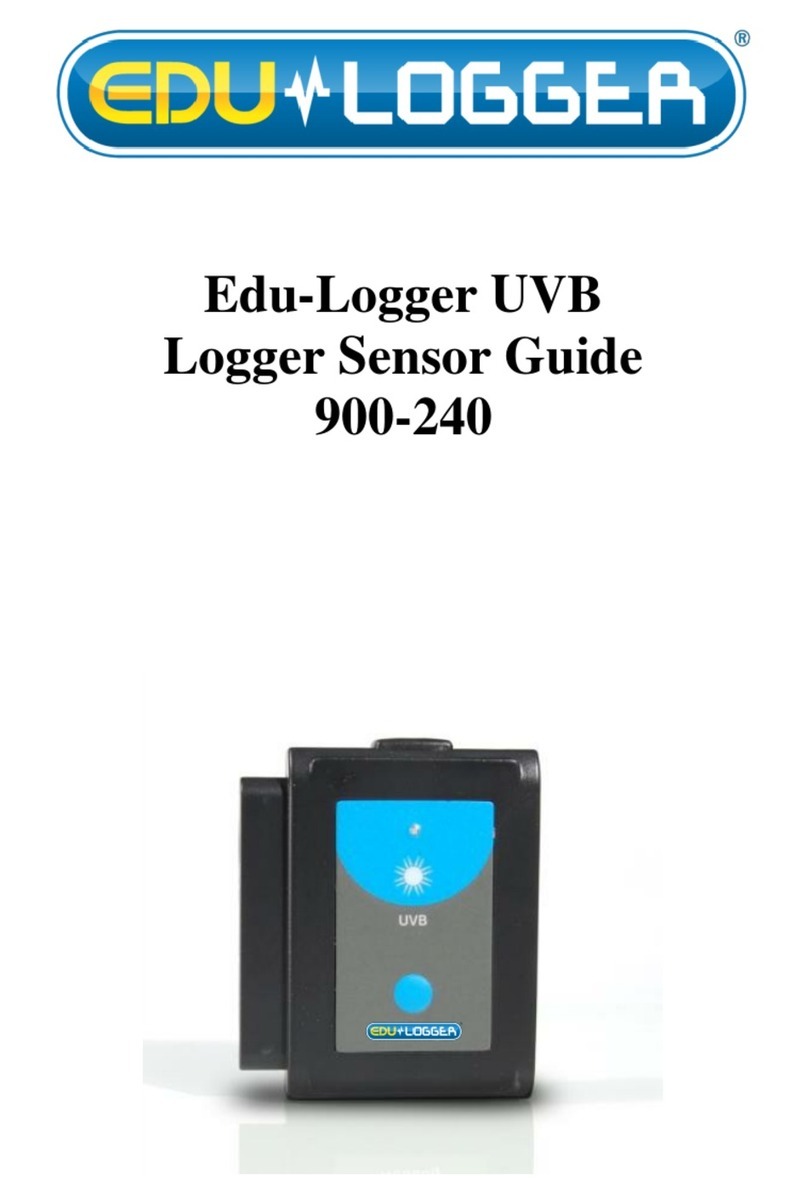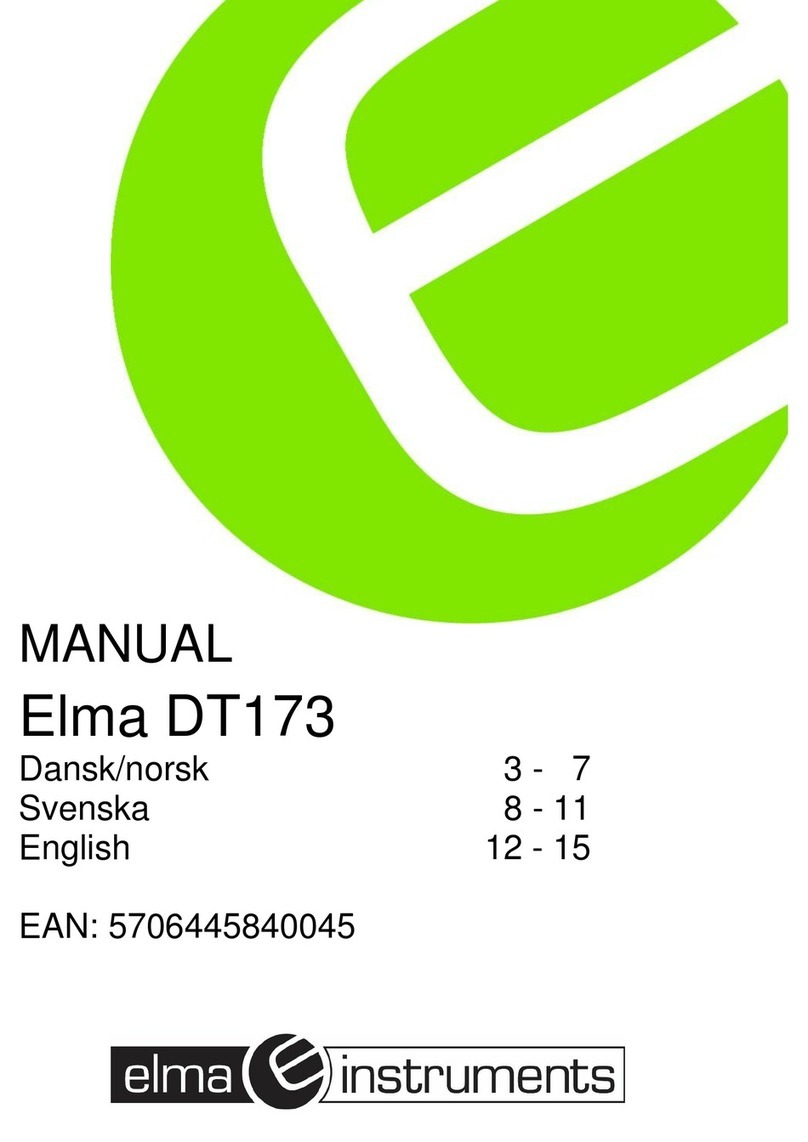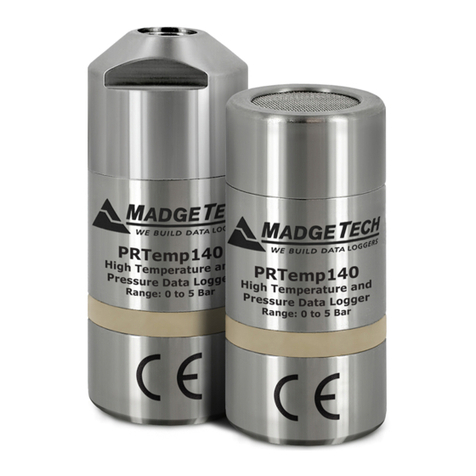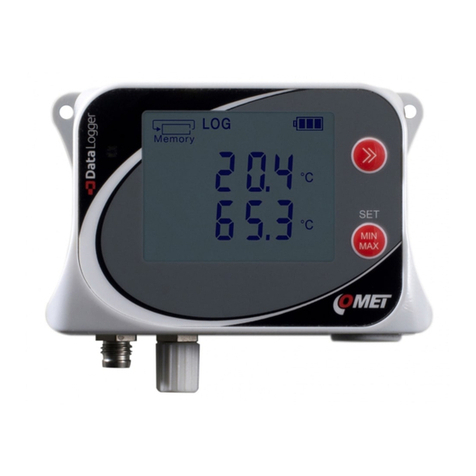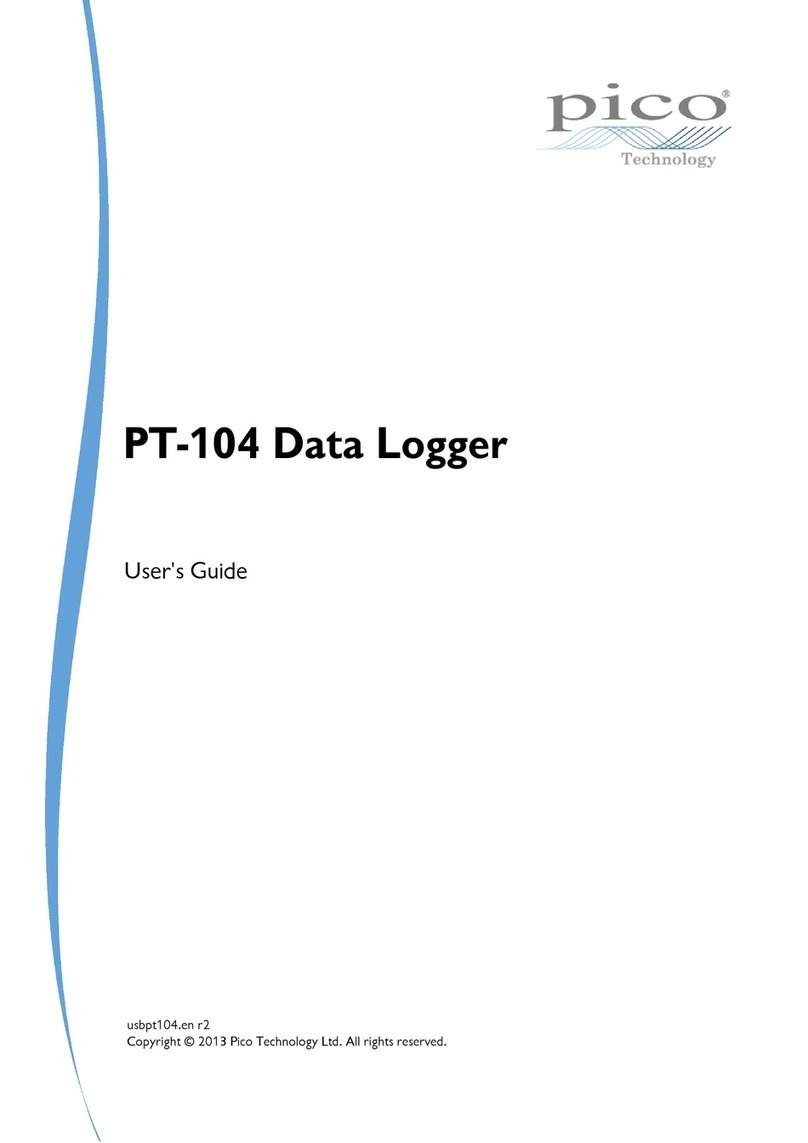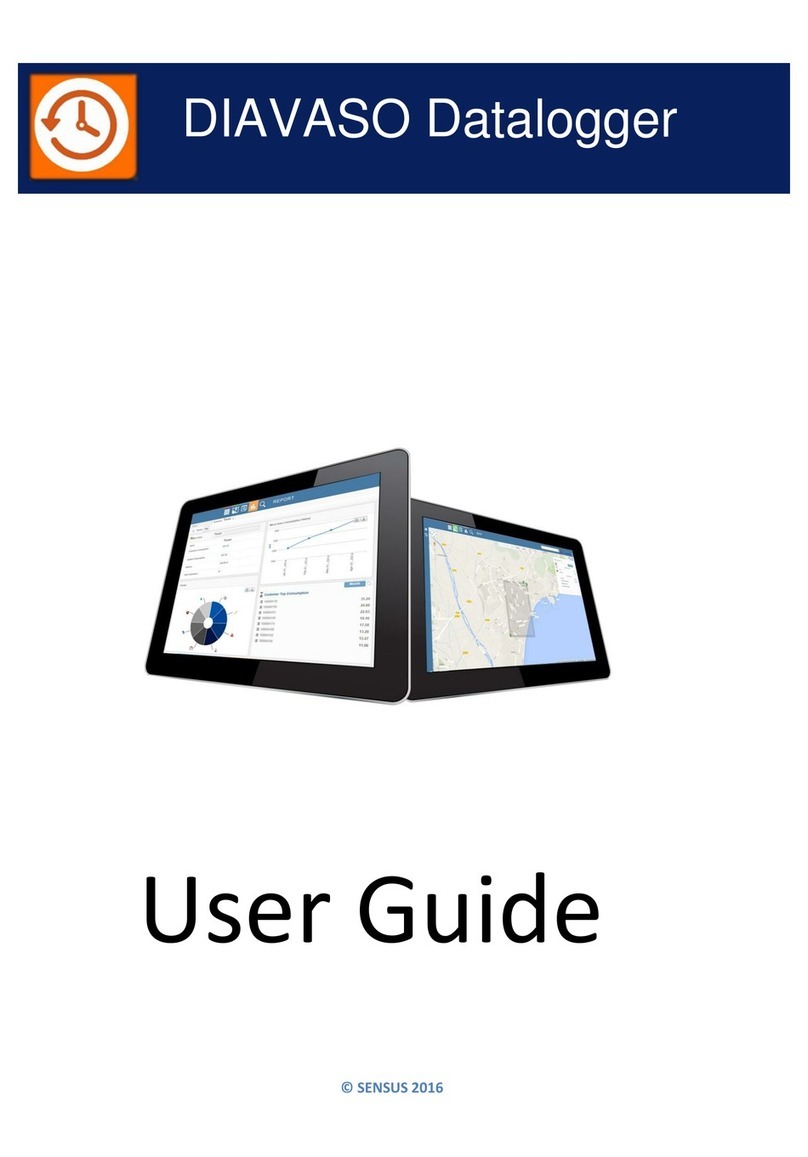
1-7
Contents
Chapter 5: Measurement tasks...........................................5-1
Characteristic overall vibration values...............................................................5-1
Shock pulse measurement ..................................................................................5-2
RPM measurements..............................................................................................5-4
Temperature measurement .................................................................................5-5
Runup / Coastdown .............................................................................................5-6
Shaft centerline plot.......................................................................................... 5-12
Phase measurement ......................................................................................... 5-14
Orbit..................................................................................................................... 5-16
Envelope analysis ............................................................................................. 5-18
Cepstrum analysis............................................................................................. 5-19
User-defined measurement quantities ........................................................... 5-19
Multi-measurement task ('Multitask') .............................................................. 5-20
Dual measurement (1+1) ................................................................................. 5-23
Impact test - 1 channel..................................................................................... 5-25
Modal analysis - two-channel impact test .................................................... 5-27
TrendingSpectrum............................................................................................. 5-29
Order spectrum .................................................................................................. 5-29
Order-based spectrum ...................................................................................... 5-29
DC measurements.............................................................................................. 5-30
Chapter 6: Appendix ...........................................................6-1
Numerical editor................................................................................6-1
Text Editor..........................................................................................6-2
File Manager......................................................................................6-3
Functions of the MENU key.................................................................................6-3
Printing out the PDF file.......................................................................................6-4
Transferring a PDF file on a USB flash drive.....................................................6-4
VIBXPERT utility ................................................................................6-5
Installing and starting the program...................................................................6-5
Register functions.................................................................................................6-6
Setting up a connection with VIBXPERT ...........................................................6-7
Configuring VIBXPERT..........................................................................................6-7
Transferring files ..................................................................................................6-8
Transferring system files.....................................................................................6-8
VIBCODE.......................................................................................... 6-10
Mechanical coding ............................................................................................ 6-10
Coding ... ........................................................................................................... 6-11
VIBCODE concept............................................................................................... 6-11
Measuring with VIBCODE ................................................................................. 6-12
Measuring VIBCODE Route/ Pool ..................................................................... 6-13
Technical notes.............................................................................. 6-14
Storage................................................................................................................ 6-14
Cleaning ............................................................................................................. 6-14
Maintenance ...................................................................................................... 6-14
Guarantee ........................................................................................................... 6-15
Spare parts, accessories ................................................................................... 6-15
Disposal .............................................................................................................. 6-15
Technical data ................................................................................................... 6-16
Troubleshooting............................................................................. 6-18
Symptom: .......................................................................................................... 6-18
Reloading firmware........................................................................................... 6-18
Index................................................................................................ 6-20
